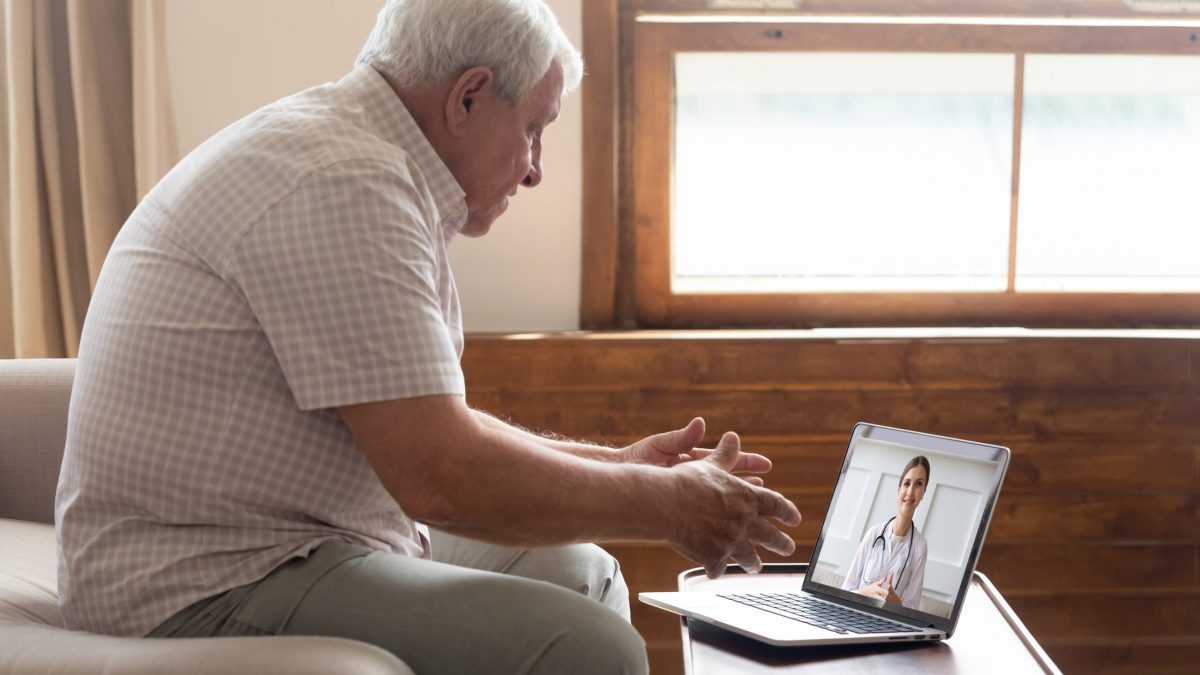As the coronavirus pandemic continues, some patients will gain access to more health care services thanks to expanded federal telehealth coverage policies.
Since the beginning of the declared Public Health Emergency, the Centers for Medicare and Medicaid Services has been working to ensure patients can access the care they need. Just last month, the agency added 11 more services to the existing list of those it covers by telehealth, bringing the total to 144. The change benefits patients insured by Medicare. The agency also provided new guidance to states to help them expand telehealth coverage in their Medicaid programs.
After COVID-19 exposure concerns caused a sharp decline in in-person visits, use of telehealth rose significantly. In fact, a report shows 2,632% more services were delivered via telehealth in March-June, as compared to the same period in 2019. Updated federal policies helped make this possible by allowing reimbursement for telehealth visits for services that were previously covered only when provided in-person. This expanded coverage speaks to the benefits that come with allowing patients, from the safety of their own homes, to connect with their providers.
Heart patients are among the many patient groups who stand to benefit from the continued expansion of covered services. Cardiac and pulmonary rehabilitation services, neurostimulator analysis and programming services are newly covered telehealth services.
Missed in-person visits are likewise a concern for patients who have conditions that require regular monitoring and treatment, including those with cancer. But, again, telehealth has proven useful in helping minimize disruptions to care.
The expanded use of telehealth also benefits patients who may have otherwise delayed seeking care. Postponing urgent care has been costly for patients. A recent policy paper from the Institute for Patient Access highlights examples of delays in care that were “as dangerous as the coronavirus itself.”
These last six months have affirmed that telehealth facilitates necessary care, keeping patients healthy while calming fears and preventing excess deaths. Expanded telehealth coverage will last through at least the duration of the Public Health Emergency — and could benefit patients beyond, if coverage policies remain in place.




